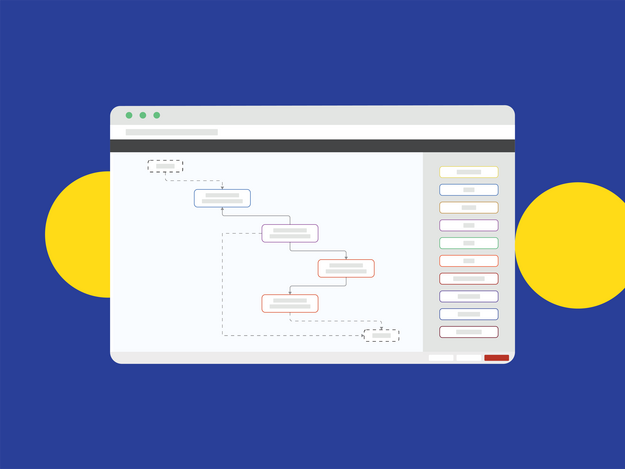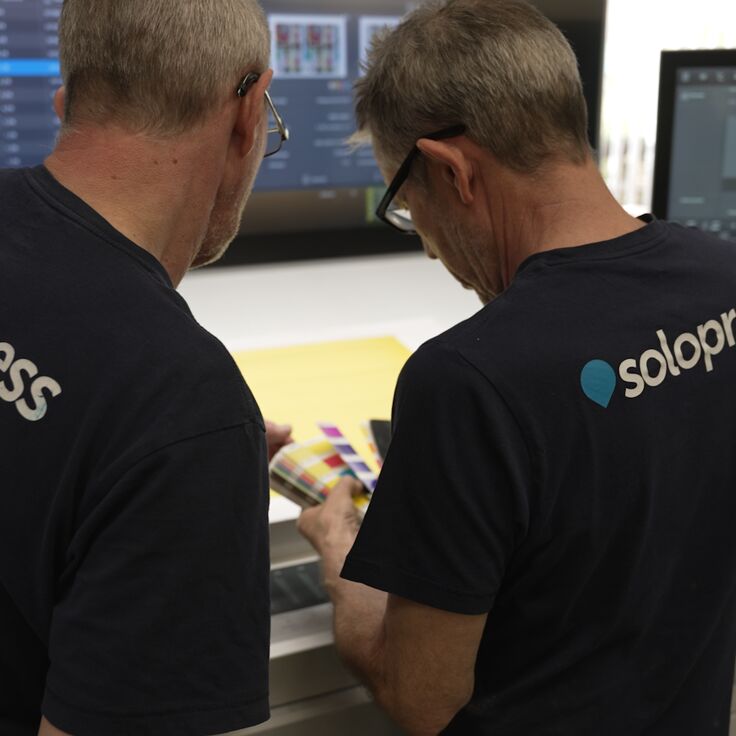Sometimes knowing what is wrong with a PDF file simply isn’t sufficient; you must be able to fix the problem automatically. Not everything is fixable, but the callas solutions provide a wide range of corrections that can be run individually or in combination.
Fixing PDF files
Too much to mention
The range of corrections which can be made to PDF files really is too wide to be enumerated here. It ranges from imposition task (step & repeat, creating booklets…) over color related fixes (converting to CMYK, remapping spot color, creating additional spot colors…) to page changes (rotating, scaling, inserting new pages, removing or reordering pages…) and much, much more.


Single fixes or complete recipes
These fixes can be applied one by one, or they can be gathered in profiles or process plans. This allows the application of a complete set of fixes, perhaps even conditionally, depending on the processed document.
If necessary, process plans can include JavaScript steps in which calculations or advanced analysis of the PDF can be done. Such process plans can generate a single output file, but just as easily multiple output documents. Imagine a process plan for example that delivers a production-ready PDF document, together with a low-resolution, RGB, customer proof of the same document.
More than simply “fixing”
The fixes that are available in the callas solutions can certainly be used to correct problems identified during preflight. But they go much further than that. callas implemented a full imposition engine into the product, an engine to add more than 100 different types of high-quality barcodes, an engine to decorate an existing PDF document with printer marks, page numbers, cut or fold lines…, an engine to add additional separations to be used for varnish, under color white, the possibility to add cut contours (or dielines), add bleed using several different methods…


Manually and automatically
All of these capabilities are available manually, for an operator to apply on a single PDF document when needed, but they are also available fully automatically using hot folder or integrated into a web portal. The use of variables allows injecting outside information (from an MIS system or web to print system for example) that can be used by the fixes. Adding a barcode with a job ID? Get the information from the MIS, and feed it into a correction that adds the barcode using that outside information.


